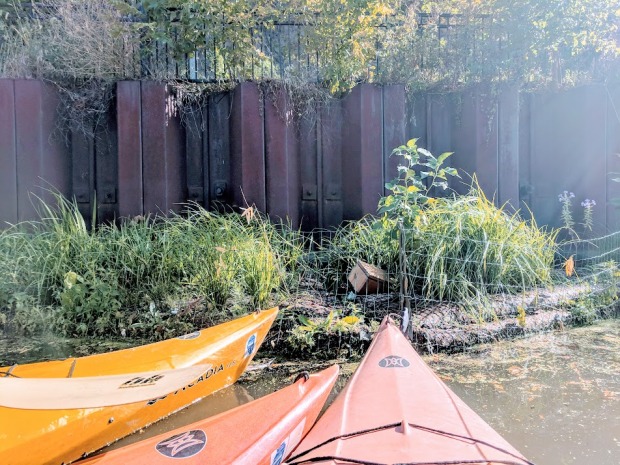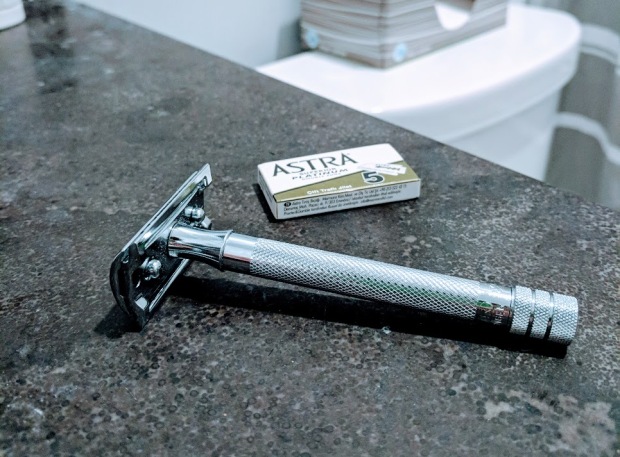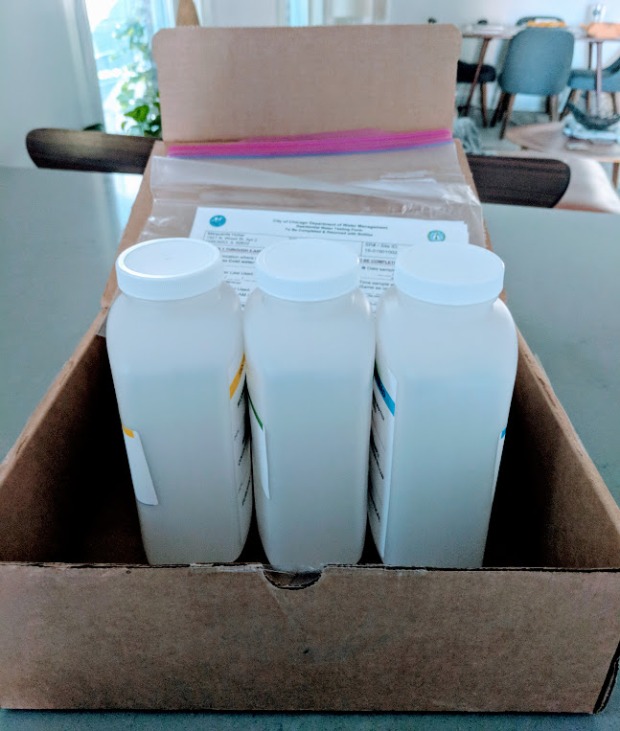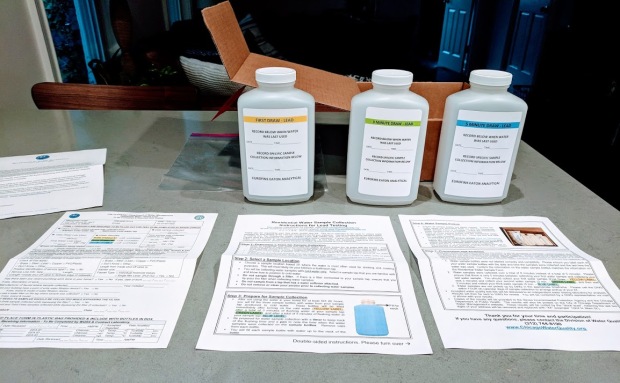Months ago, I signed up to be a citizen scientist with the Shedd Aquarium’s Kayak for Conservation program, and on Saturday, I finally got to be one!
We met near Chicago’s Goose Island for a quick discussion about paddling and what we would be looking out for.

Before I knew it, myself and about 10 other citizen scientists, slid into the North Branch Canal of the Chicago River with a representative from the Shedd and one from Urban Rivers.

We visited Shedd’s River Island and Urban River’s floating islands to do some wildlife monitoring. We jotted down the date, temperature, and weather conditions and were then each assigned wildlife to look out for along the vegetation.

I had the chance to monitor pollinators, which meant we sat for 2 minutes and counted the number of pollinators that flew by. Unfortunately, it was a bit of a breezy day so many of the pollinators were hunkered down.
Other volunteers checked fish traps and counted turtles – which we saw 4 of!

This data will help scientist learn more about restoring the ecology of the Chicago River and other urban rivers. Shedd’s River Island is only a few months old, while Urban River’s island was installed last year (remember, I helped put them together!), providing a great opportunity to compare their productivity over time.
Even though Shedd’s River Island is relatively young, the vegetation was growing nice and tall due to all the nutrients the plants pull from the river.

It was an amazing opportunity to get to see the very islands I helped plant become fruitful homes to river wildlife. It also was my first time kayaking on the river and admittedly it was actually really nice.
Sure, there was a bunch of trash mingling along the sides of the seawall, but there were birds flying overhead, bugs buzzing, and turtles sunbathing.
It felt like progress to me.











